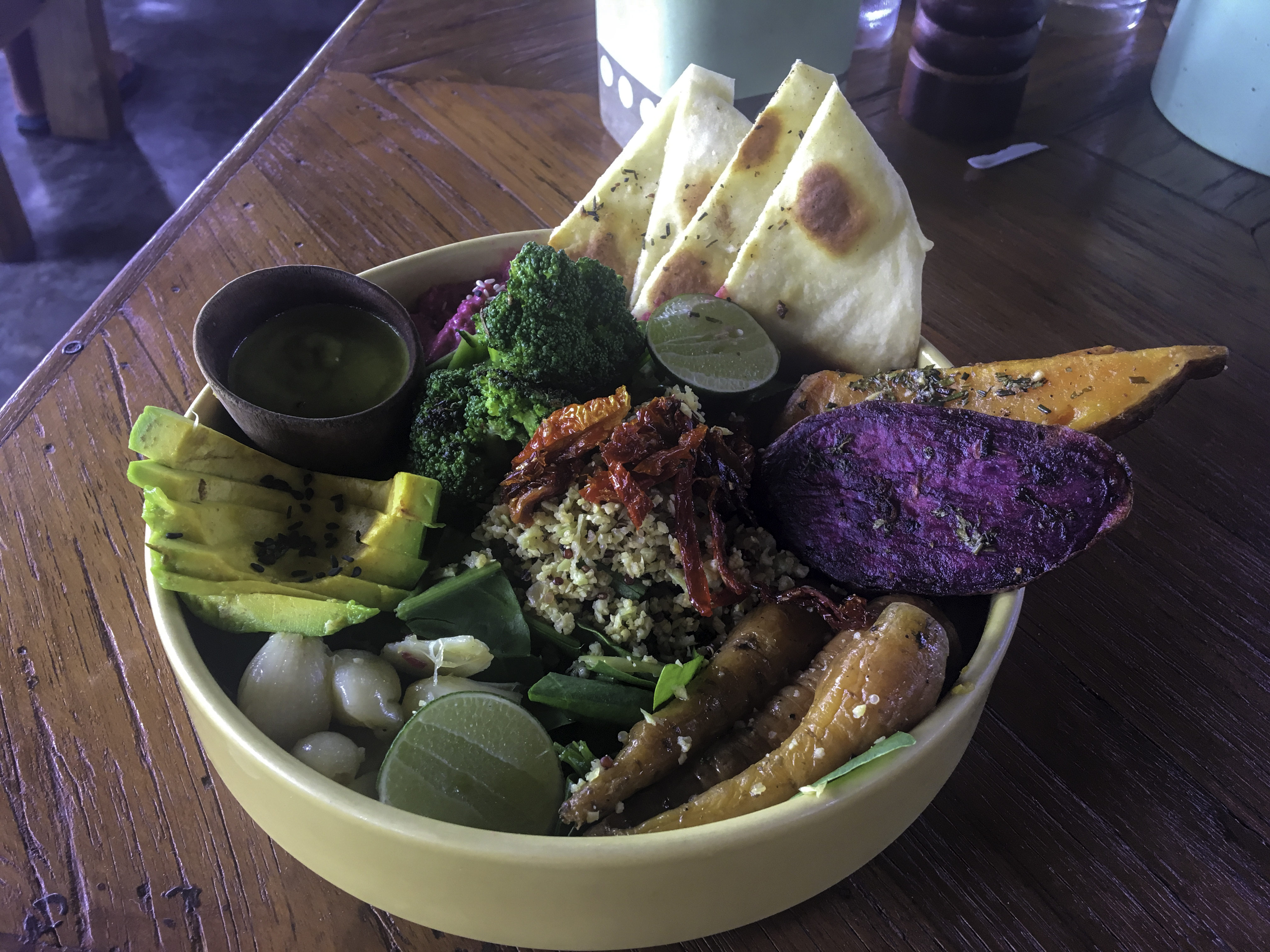
30 Days Without Sugar. How Did It Go?
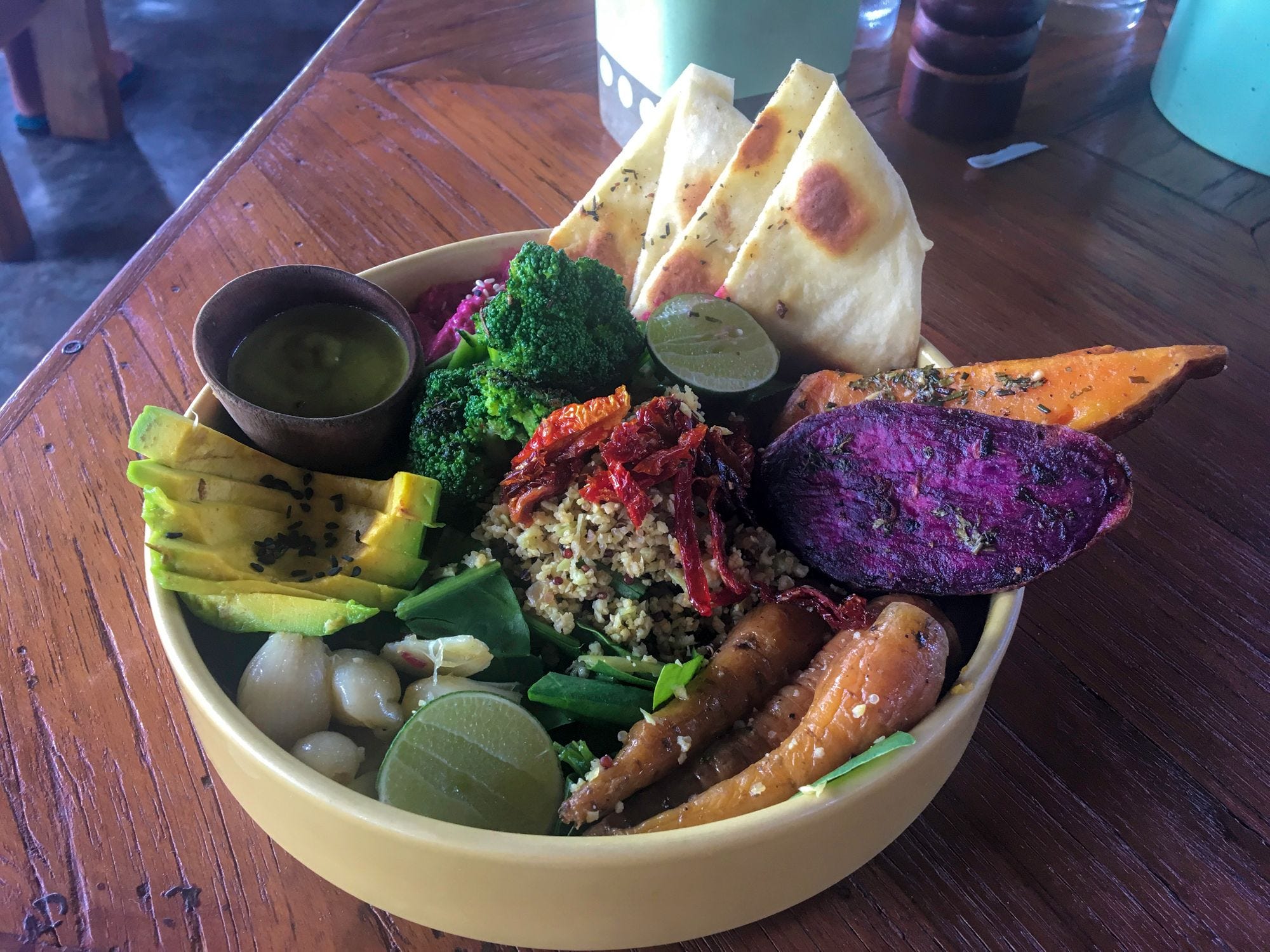
As a kid growing up in America, I had the privilege of eating the most enticing, well-packaged foods of the 20th century. This included Pop-tarts, Oreos, Fruit by the Foot, Svenhard’s danish pastries, Gogurt and all the candies we typically see near the cash register.
It’s unhealthy, you might say, but during those times I wasn’t aware of the crap I was eating. In fact, no one around me — not even my parents — understood how bad sugar was (it was the saturated fats that everyone tried to avoid). So I continued to spread jam on my toast and eat ice cream daily, never bothering to ask myself, is this actually good for me?
Oddly enough, I felt that sweets was some sort of miracle drug; it gave me the energy to function properly, to feel good and to perform at my best, all of which seemed necessary for growth. So why avoid it?
But as the years droned on, things started to change.
Huge food companies, like General Mills and Post, began pumping more sugar into their products. People, who can’t exactly hold themselves back from a box of donuts or the junk food aisle, began to grow a bigger belly. It finally came to my awareness that our society was becoming more miserable and unfit. And from what?
From sugar!
And so, I began to do some research into sugar and what it does exactly to our bodies. To my distress, I found the damage was just as bad as, if not worst than, America’s most addictive substances — alcohol and cigarettes. Not only does sugar bind to the pleasure receptors in our brain, but it also brings other health concerns that are becoming more prevalent in modern society. Obesity, diabetes, heart disease — these weren’t the top three leading causes of death; it only became common when we started frequenting fast food joints and stocking an abundance of non-perishable foods in our fridge. It didn’t help, too, for the fact that we’d sit on our butts for hours every single day.
You see, when you ingest more sugar than you need (the 2015–2020 Dietary Guidelines for Americans recommend limiting sugar to 10% of your daily intake or total calories) or burn, your body and brain becomes overstimulated. This, in effect, causes your cognitive abilities to slow down, your mood to swing to the extremes, your skin to inflame (making you age faster), your arteries to clog up (your blood becomes thicker) and your liver and kidneys to be worn out.
But what surprised me the most, out of all of these horribly debilitating side effects, was that sugar adds extra pounds to your waistline, even if you do exercise regularly. And what I’ve always wanted, for the past few years, was to shave off that excess belly fat around my “love handles” so that I could finally see my abs.
I just didn’t know, this whole time, what damage I had been doing to myself and my dreams, but I knew I had to do something. Something I had never done before.
And so, that’s when I decided to cut sugar for 30 days, because maybe this was the key to having a flat belly and nice abs.
My 30-Day No Sugar Progress
The Goal: To see what effect sugar does to the waistline and the ab region.
What I’m cutting out: Added sugar + fruits
Added sugar are sugars that are manually or mechanically added to foods to sweeten them up, giving you more calories without the essential nutrients. They’re typically found in many of the processed foods we love such as soft drinks, cakes, yogurt, bacon, salad dressings, cereal and protein bars…anything that’s been prepackaged, really.
For this challenge, I wanted to cut out both added sugar and fruits, which normally is okay to eat on a no- or low-sugar diet since fruits contain natural sugar, because I wanted to restrict as much sugar as I possibly could.
My build: 5’6″ at 119 pounds; lean build with more fat accumulating around the inner thighs and stomach.
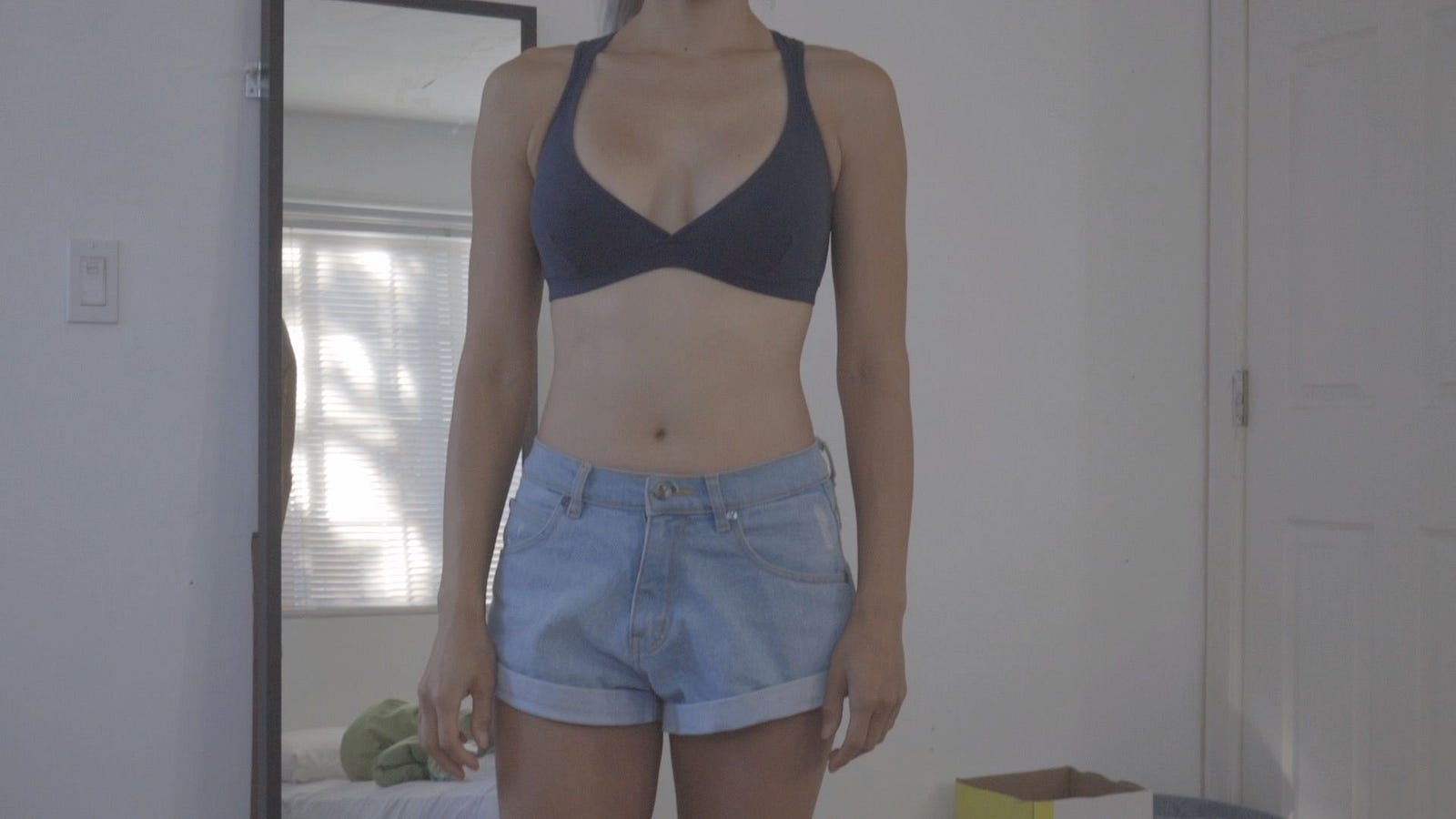
By the way, a little disclaimer:
I’m not a doctor, a professional nutritionist or a registered dietitian; whatever I’m saying here is purely based on my unique experience and shouldn’t be intended as medical advice. I simply want to understand sugar on a deeper level and see how it affects the way I feel and look. So please take what I say with a grain of salt, because everyone reacts to sugar differently.
With that said, here’s what happened when I started to completely cut sugar.
Week 1
Day 1:I woke up feeling pumped up about this whole no-sugar challenge and imagined myself, a month from now, feeling proud of my new lean body. Just stay away from the pastries and milk tea shops, I told myself, and you’ll be fine. But then, my bf, because he was feeling a bit stressed, wanted a pick-me-up and we ended up going to a new milk tea shop that had a crazy long queue — it was the longest 30 minutes I’d ever waited.
Luckily, my bf made up for it by treating me out to this hole-in-the-wall restaurant that served some really good dumplings. We rarely go out to eat, so it was nice of him. However, my stomach did feel hungry the next hour. I think maybe it’s because my body is so used to having something sweet — a pastry, a cup of coffee with condensed milk — in the afternoon that I HAD to have something else to feel satisfied. So I made myself a hard-boiled egg and ate a sliver of cheese. It wasn’t the most satisfying option but at least it was enough to curb my sweet cravings.
Day 2:
Strangely felt empty this morning and didn’t feel like doing much. It wasn’t because I had low energy but mostly because I lacked motivation. It was such a strong feeling that I ended up going to the supermarket (instead of the gym, which I’m devoted to) with my boyfriend to pick up some fresh vegetables and meats. However, on the way back home, my bf got upset with me because I didn’t communicate with him on what I wanted to eat. I didn’t know what to eat! Plus, I wasn’t in the mood for thinking. So we just made our own meals and ate in silence.
I began to wonder if perhaps this was a bad idea to suddenly commit myself to this 30-day no sugar challenge because I was clearly miserable and already felt sick of the same old snacks — I mean, what other non-sugary snacks can you eat besides eggs and cheese?! My bf later confronted me at the end of the day to either stop complaining (“you know, you told yourself you wanted to do this experiment to lose the fat on your belly”) or to stop this challenge.
It made me reevaluate my purpose.
Day 3:Okay. Got up and decided to hit the gym, despite feeling a little sick this morning (my throat felt raw). Worked out, felt good and came back home to a nicely prepared lunch — a light chicken noodle soup with simmered chicken wings — made by my talented chef and bf. Even though the chicken broth is supposedly energizing for the body and brain, I didn’t quite feel it until after taking a nap. That’s when I suddenly had a huge spurt of energy, along with a better mood, to tackle today’s objective: Finish building the chicken coop for our pet chicken, Owl.
Which we did!

Day 4–7: Starting from Day 4 was when everything started to change. My mind became laser-focusd. I had more energy than I ever had (especially when it came to physical exertion). I felt motivated. But what surprised me the most, out of all of these uplifting effects, was the fact that I was more resilient to pain and bad events/emotions. Things that would’ve triggered stress or killed my momentum no longer seemed to have as much of an impact on me.
If I couldn’t finish a post even though I desperately wanted to, fine. I could try again the next day.
If my bf needed to vent out his problems at me because he was having a bad day, that’s okay. I would listen and remember that he wasn’t trying to hurt me; he just needed someone to express his thoughts with.
If the little voice in my head told me not to run in the morning because I was too sick or too tired or too whatever, I would tell myself, just do it.
It felt amazing being in full control of my emotions and I thought, with this kind of resilience, I could overcome anything.

Week 2
Okay, this is going to sound really gross, but I’ve been farting for every 15 minutes. It’s not those silent, odorless ones that we all release 13–21 times a day (according to research, this is considered normal for the average person) but rather it’s those loud, rotten-eggs kind. I wasn’t sure what was causing this at first, but I had a hunch it was the milk and cheese I was consuming more of; dairy products, after all, have a high amount of sulfur which, when broken down by the body, becomes released as that notorious foul-smelling fart we all recognize and laugh about.
On another note, I discovered a new superfood that had drastically boosted my energy and mood, surprisingly my motivation too: Beets. I had it when I was eating Borscht — a Russian soup primarily made of beets and other vegetables — and three hours later, I would feel amazing, almost as if I had a good night sleep or won first place in a competition. It then made me curious about why I felt this way, so I Googled “beets” and found out that beets have a lot of nitric acid, which relaxes your blood vessels, allowing blood to circulate more easily throughout your body. Maybe this explains why I was able to persist through even tougher workouts despite having a few nights of broken sleep.
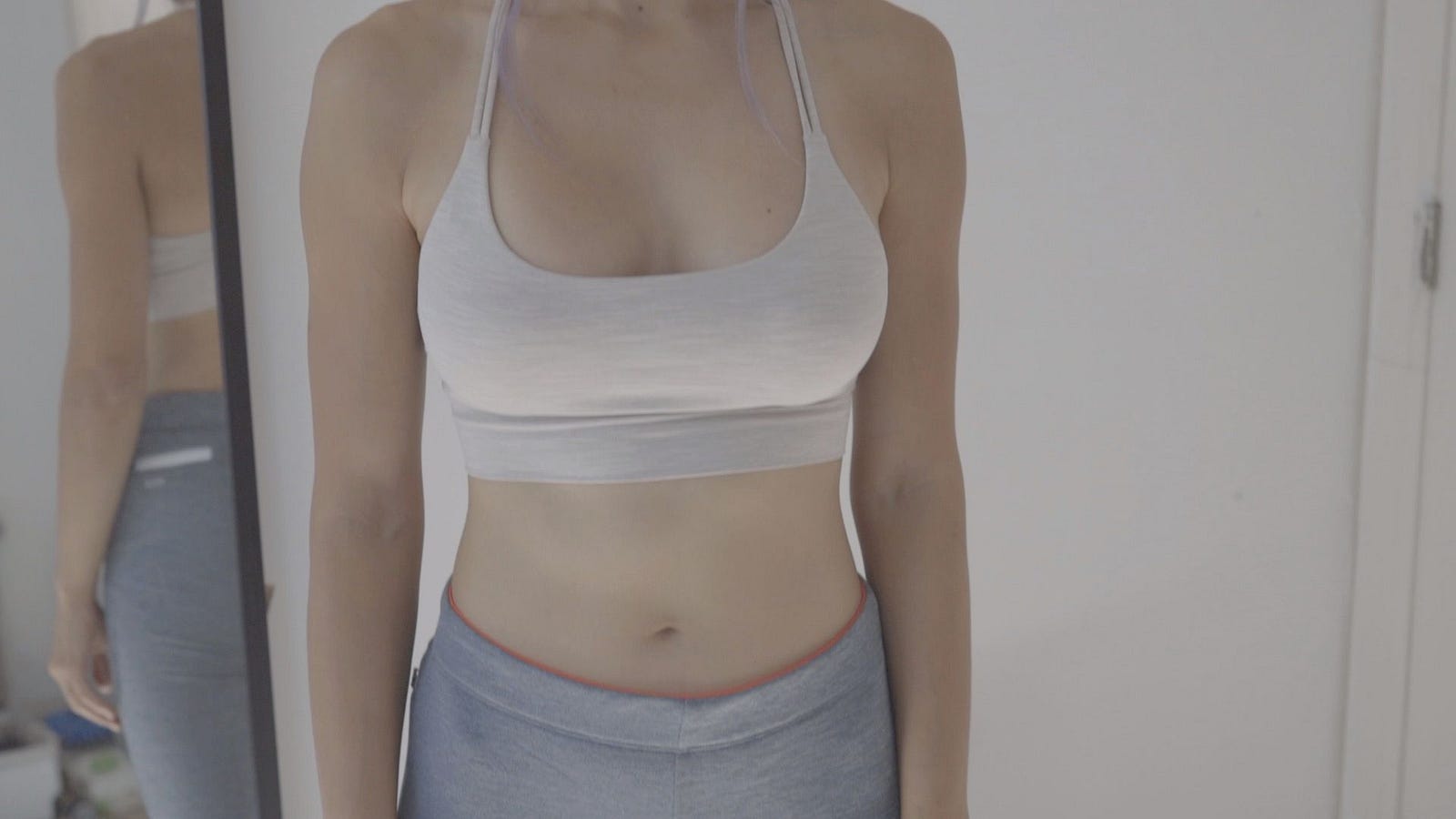
Week 3
At this point, I’ve already stopped feeling the temptation I usually get from seeing sugary foods (say, at the supermarket). This was huge for me because my mind used to run through hundreds of dialogues as to whether or not I should get it and eat it. But now, all I think about is my next meal and what wholesome choices I have in the fridge.
Surprisingly, my bf decided to jump in with me on this no-sugar challenge and began cutting out sugar from his snacks and meals. I didn’t expect this, as I had told him he didn’t have to follow my example, but I felt very supported and even more encouraged to finish the last week strong.
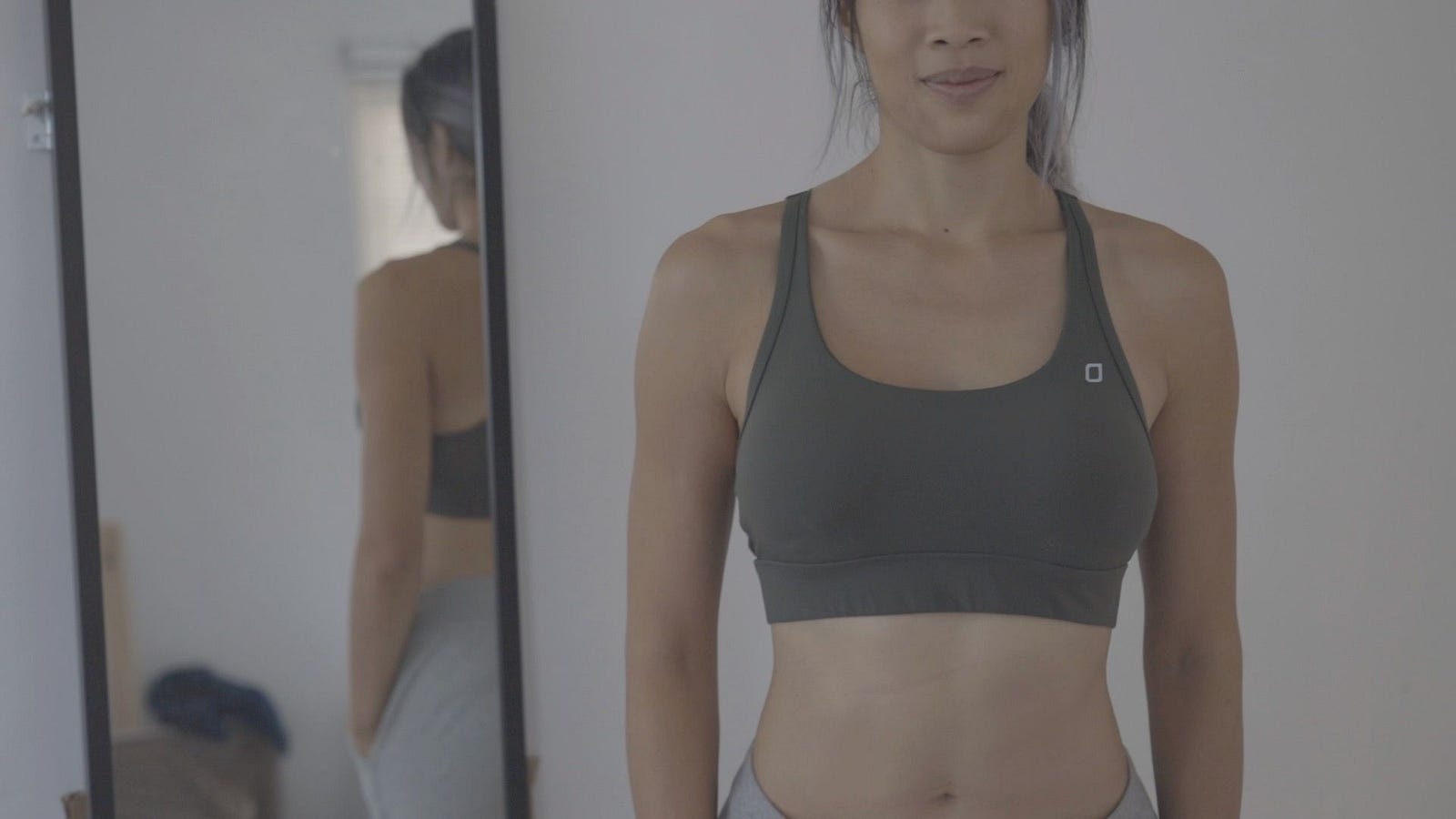
Week 4
Unfortunately, I lost a lot of sleep because 1) we bought a new chicken and 2) my bf was going through a very stressful moment. I ended up sleeping in a lot and despite doing so, still felt exhausted. This made me realize how essential sleep is to maintaining energy levels; even the healthiest of foods couldn’t override the lack of energy sleep deprivation induces. Nonetheless, I still pulled myself together to work and surprisingly managed to crank out two videos this week. Quite an accomplishment when my usual rate is one video per week and a half.
Then something awful happened.
My boyfriend, who had just finished work, asked me if I wanted to eat dinner with his mom and to take a break. Feeling tired and a bit of a hermit, I said no but said he could go with his mom if he liked. This, I didn’t realize, upset him and triggered past memories of me being selfish and inconsiderate simply because I didn’t ask what he had wanted, only what I had wanted. Understanding all this — what he was feeling, what I said — in a flash, quickly changed my decision about staying in at home.
Had this been my old self, I might’ve already lost control and cried for hours, but because my emotions were relatively stable, I could easily think through on the problem and resolve it the best way I could.
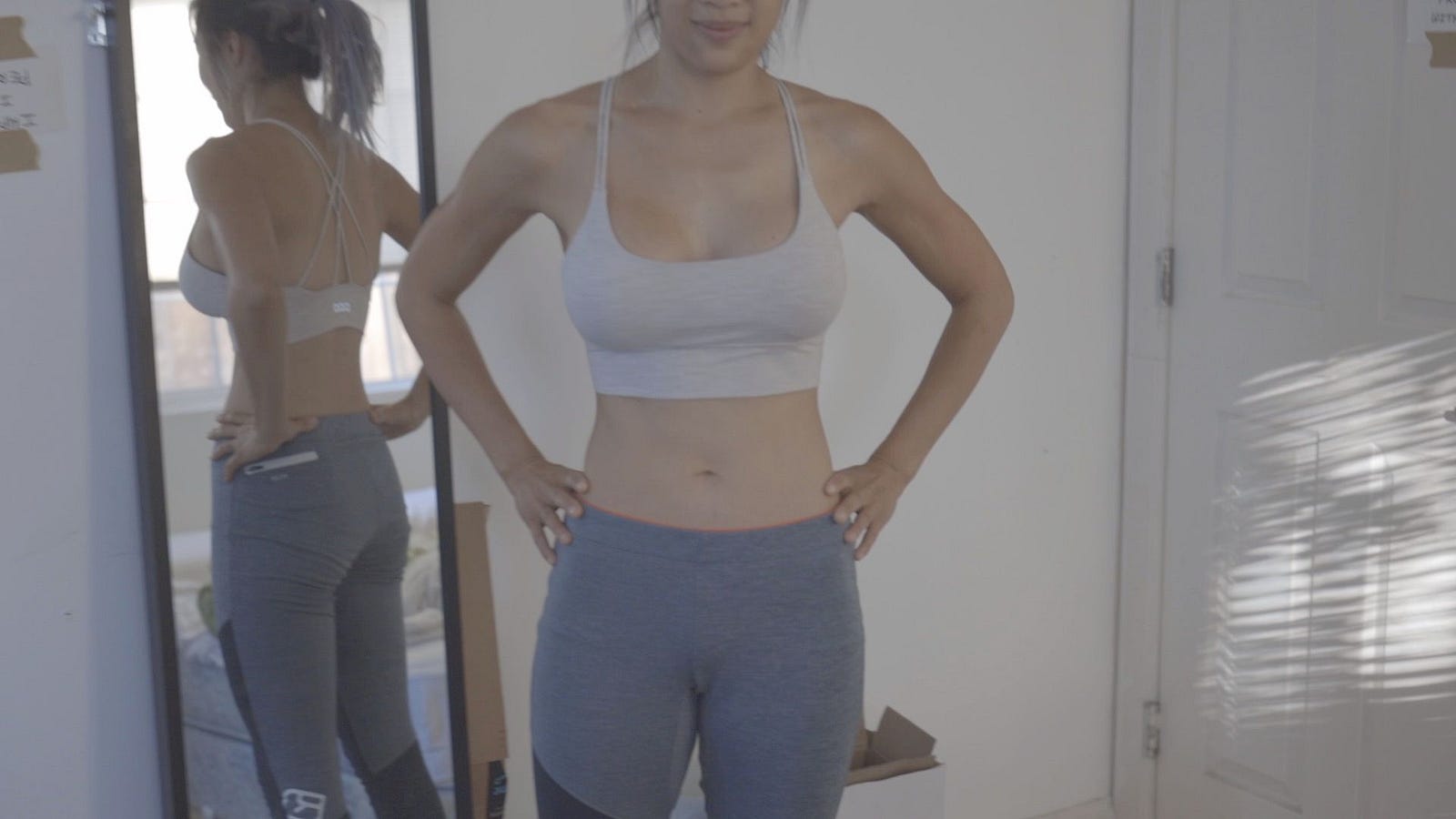
Finally. The last day.
I couldn’t believe I had pulled all the way through, but I did! Just had to check the mirror, as this would give me the final answer as to whether cutting sugar reduces the fat around my “love handles” and abs. And as it turns out, it does!
As you can see from my last progress picture, my upper abs were slowly becoming apparent and there I had a very faint line (a bit hard to see compared to week 3) running down the middle of my abs. Overall, there was less fat covering my mid-section.
Even though it’s not the most defined abs I had imagined a month ago, I still felt great about my progress. I realized that getting lean abs or losing the love handles is not a short-term achievement if you eat normally (“eat when you’re hungry, stop when you’re full”) or eat healthy. It’s a long-term commitment of consistence. Based on my results, I’m guessing it’ll take a couple months, realistically speaking, on this strict no-sugar regimen to get what those girls, featured on Victoria’s Secret or fitness magazines, get.
But it is doable for anyone who’s committed.
How I felt jumping back to normal (consuming sweets again)
I wasn’t sure how I’d react, but I was afraid I’d easily fall back into the routine of consuming all of my favorite sweets and lose the gains I had gotten from this challenge. However, I didn’t. I actually consumed less because everything was way too sweet for my taste buds to handle. The cake with cream cheese frosting I bought from Whole Foods, the lemon chicken from the Chinese restaurant, the milk tea — all of them felt like a sugar bomb in my mouth, which didn’t feel as good as I thought it would. Also, many of the foods at the restaurant seemed unnaturally sweet that I no longer wanted to eat out (I felt better eating at home).
This challenge has definitely refined my taste buds, sensitizing my sense of sweetness. And I feel that I appreciate the simpler foods more.
3 strange, unexpected discoveries I stumbled upon:
Even though my main objective was to observe what sugar does to the waistline and ab region, I discovered many other interesting things I wasn’t aware of that could be beneficial to our knowledge.
Eating fast food breaks your focus.
I didn’t think fast food would affect me so much, in terms of work performance and my mood, but it does. I remember being excited ordering a hamburger at Wendy’s (I felt like eating out), and after arriving home, I just plopped onto the bed, feeling extremely sluggish and unmotivated. It felt as if I’d gotten my blood withdrawn after Netflix bingeing the whole day. I just couldn’t snap out of it and focus on whatever it is I needed to do.
Taking naps immediately spikes up your energy and creativity.
I used to hate taking naps because I felt as if it resembled weakness. Instead, I would power through the day, relying mostly on last night’s sleep or the food I ate for lunch to overcome the mid-afternoon slump we all encounter daily.
But one afternoon, I couldn’t help it. I plopped onto the bed, sapped out of energy, and stayed there for about 15 minutes. I got up, feeling the most refreshed I had ever felt in years. And from that point on, I began incorporating naps into my daily routine not just because it gives me a surge of energy but also because it boosts my creativity immediately upon waking up.
If you do any creative work, like me, maybe this is worth trying out in the mid-afternoon.
Having 8+ hours of sleep primes next day’s performance.
Despite hearing the common advice, “get 8 hours of sleep a night”, I tried my best to dial it down. I wanted more hours in the day to do what I thought was more important like getting more work done, spending time with family, with bf, having some “me” time. It was exhausting to sustain this sort of lifestyle on a daily basis, but at least I felt good as this allowed me to feel a sense of accomplishment, being able to utilize every minute of my day.
But one day, my bf and I decided to extend our sleep (we were so exhausted, we needed an extra boost). And this actually made me perform better in almost every little thing that I did — I was able to untangle the logic knots in my writing, I was able to produce an exceptional video, I was able to push beyond my limits at the gym. My bf, on the other hand, felt so refreshed, that he decided to make me a delicious smashed potato salad for lunch.
This just goes to show that sleep can prime you to perform at your highest in whatever you decide to do, so that you don’t have to necessarily work longer, and it boosts your mood.
Want to try this no-sugar challenge too? Or at least be more aware of consuming sweets?
Then here’s what you need to do first: Understand what it is you’re eating.
Because most foods at the supermarket are targeted towards the busy, harried customer — someone who would eagerly trade in their hard-earned money for the luxury of convenience. And convenience doesn’t necessarily contain high-quality ingredients but rather cheap fillers, such as sugar, to make the food taste as good as you expect it to be.
So do look at the ingredients label next time you pick up your favorite bacon or bag of chips, because sometimes there might be sugar hidden within it.
How to spot sugar on the ingredients list:
There’re actually over 60 names that marketers deceitfully use to replace “sugar”, because sugar is what everyone is obviously trying to watch out for.
Thankfully, there’re resources at our fingertips that could help us figure out what’s also considered sugar.
- Anhydrous dextrose
- Agave
- Agave nectar
- Beet sugar
- Brown sugar (light and dark brown)
- Cane juice
- Cane juice solids
- Cane sugar
- Cane syrup
- Carob syrup
- Caster sugar
- Coconut sugar
- Confectioners’ sugar
- Corn syrup
- Corn syrup solids
- Crystalline fructose
- Date sugar
- Demerara sugar
- Dextran
- Dextrose
- Dehydrated cane juice
- Evaporated cane juice
- Evaporated cane syrup
- Evaporated sugar cane
- Fructose
- Fructose crystals
- Fruit juice crystals
- Fruit juice concentrate
- Glazing sugar
- Glucose
- Glucose syrup
- Golden sugar
- Golden syrup
- Granulated sugar
- High-fructose corn syrup (HFCS)
- Honey
- Icing sugar
- Invert sugar
- Invert syrup
- King’s syrup
- Lactose
- Maple syrup
- Maple sugar
- Maltose
- Malt sugar
- Malt syrup
- Molasses
- Muscovado
- Nectar
- Pancake syrup
- Panocha
- Powdered sugar
- Raw sugar
- Refiners’ syrup
- Sorghum
- Sorghum syrup
- Sucanat
- Sucrose
- Sugar
- Superfine sugar
- Table sugar
- Treacle
- Turbinado sugar
- White sugar
- Yellow sugar
Foods you can safely eat that have absolutely NO sugar:
If you absolutely want to eliminate ALL sugar, both naturally and artificially, from your diet, you have a few choices:
- Meat (such as beef, lamb, pork, chicken, turkey, duck, goose, deer, bison)
- Fish (salmon, halibut, mackerel, barramundi, sardines, sea bass, tilapia, trout, tuna)
- Seafood (shrimp, lobster, crab, squid, clams, oysters)
- Eggs
- Vegetables, particular green leafy and non-starchy ones (spinach, kale, lettuce, celery, turnip greens, cucumbers, swiss chard, brussel sprouts, cucumbers, squash, eggplant, asparagus, olives, onions, parsnips, radish, bok choy, zucchini, cabbage, cauliflower, broccoli)
- Garlic
- Beans, peas and lentils
- Tofu and soybeans
- Nuts and seeds
- Butter
- Olive Oil
- Vinegar
- All spices
- Water, coffee or tea if nothing is added
Do keep in mind that it might be difficult to suddenly cut all sources of sugar from your diet, as you might experience some withdrawal symptoms (headaches, cravings and tiredness) like I have. Don’t give in though! Usually it takes three full days until the body adapts and you no longer feel the intense urge for a sugar fix.
Just remind yourself why you’re doing this in the first place and remember that long-term consistency beats short-term intensity.
Good luck. I look forward to hearing about your progress. 🙂
Sorry, the comment form is closed at this time.

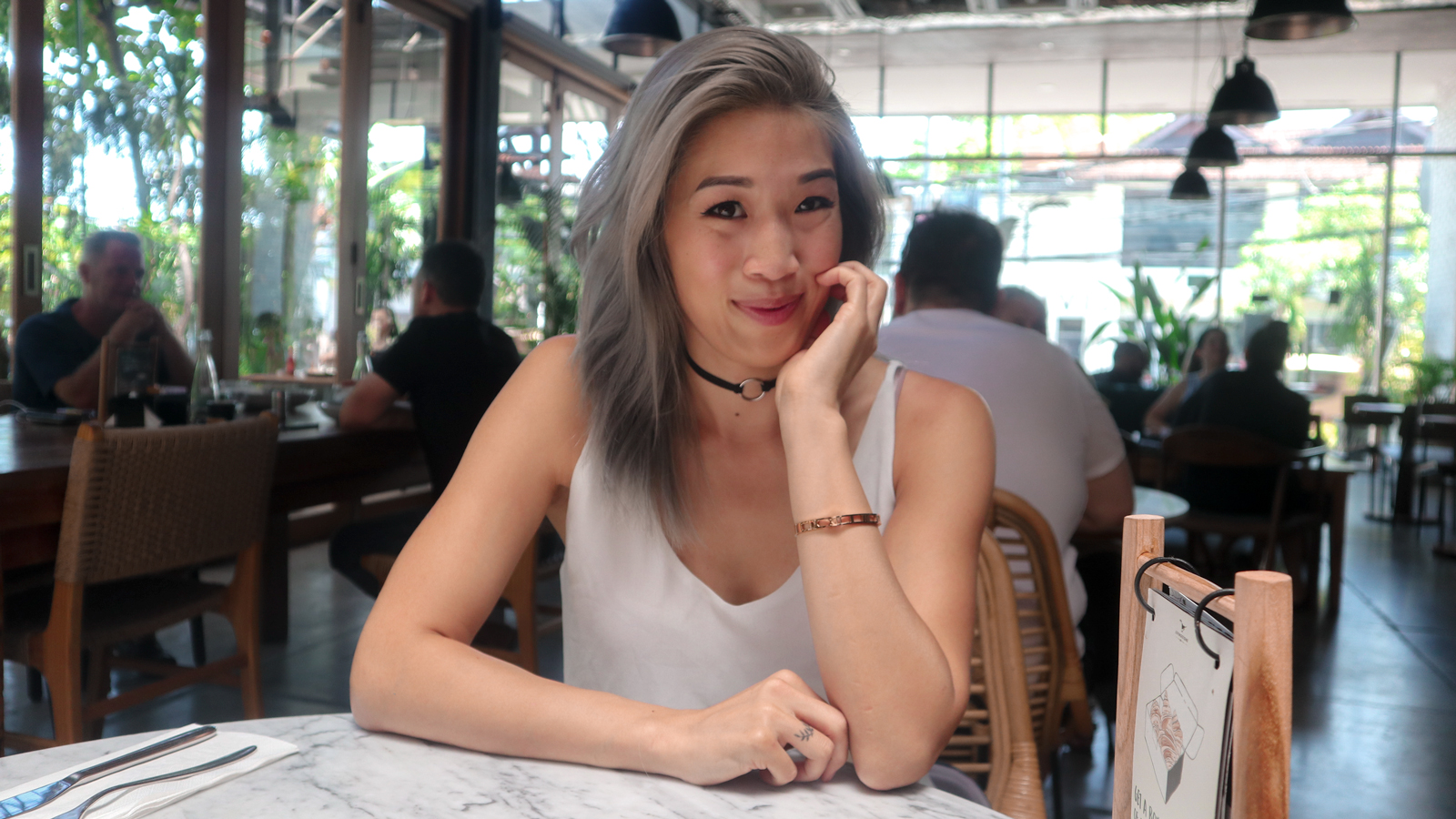
Michael Vincent
I’ve been doing no sugar and very low carbs for about three weeks. I feel incredible. I think I have a lot less inflammation in my body .Oh And I’m glad you’re back in the states kind of crazy over over in Asia right now . 👍
Tiffany Sun
Wow, that’s incredible! I’m actually going to start on that this week – low carbs, no sugar. Haven’t tried low carbs yet, but I hear it’s such an effective way to boost your body’s resilience and health.
Man, I’m so, so glad to be back home before this whole pandemic happened…but then again, US is really skyrocketing with the active cases. I can only hope for everyone to stay safe and alive.
Jeremiah Say
Wow, I thought of cutting off sugar but not sure if it’s worth the effort. After a month I can see drastic differences in your waistline. Kudos in taking up this challenge. I’m inspired to do likewise 🙂 Thanks, Tiffany!
Tiffany Sun
That’s the very same thought I had before I started this experiment. If you can get past Week 2, you can definitely gauge whether or not cutting sugar is worth the effort, because that’s when the full effects kick in.
After returning to my daily life (being able to eat some pastries here and there, or drink some coffee with condensed milk), I feel as if I’d want to go back to cutting sugar again – I really miss the having lots of energy throughout the day, the positive mood, the resilient mind, the thinner waist (of course). But give it a try; it’s not for everyone, so it’s really up to you to see how you feel about it. 🙂